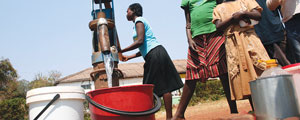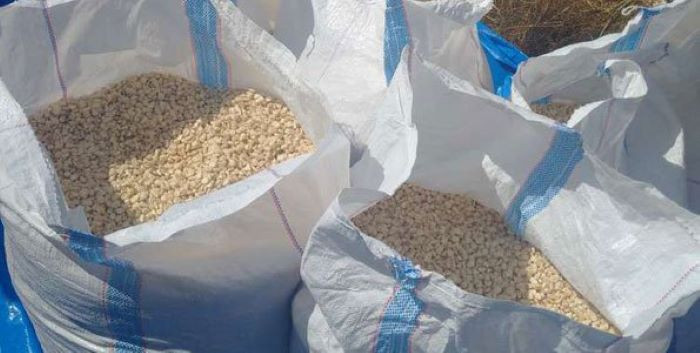
Bulawayo residents have endured another difficult year with water shortages intensifying in the last six months after two of the five supply dams ran dry. Editorial Comment
Residents in the city of more than one million people only get running water three days a week.
As reported yesterday, council will, anytime from now, decommission Lower Ncema Dam, leaving the city with only two supply dams. That will mean water supplies will go down by another 30 00 cubic metres to 64 000 cubic metres.
The city normally consumes 144 000 cubic metres a day and this clearly illustrates the gravity of the situation. It is a miracle that Bulawayo has not been affected by water-borne diseases such as cholera and typhoid that have become commonplace in Harare. For more than a decade, the city has battled acute water shortages because the five supply dams are now too small for the rapidly expanding population.
Central government has not constructed an alternative dam for Bulawayo since the last one was built by the colonial administration in 1979, when the city had about 250 000 people.
Mtshabezi Dam in Matabeleland South, where the government is now scrambling to draw about 17 cubic meters of water a day, was never intended to save the city.
The pipeline to connect the dam that is located about 40 km from the city’s main water supply system has taken more than six years to complete. Boreholes that were drilled by donors at the Nyamandlovu Acquifer have been neglected and a lot of money is needed to rehabilitate them. Bulawayo can easily tap into them as an emergency response to the crisis. Until now, the government had also largely ignored the Matabeleland Zambezi Water Project (MZWP) that has been on the drawing board since 1912.
There were reports this year that some Chinese investors had pledged $1 billion towards the construction of the 450 km pipeline from the Zambezi River. The lack of seriousness shown by the government when it comes to the implementation of the MZWP demonstrates that the solution will not come from politicians.
- Chamisa under fire over US$120K donation
- Mavhunga puts DeMbare into Chibuku quarterfinals
- Pension funds bet on Cabora Bassa oilfields
- Councils defy govt fire tender directive
Keep Reading
It is in this light that we welcome the initiative by the Bulawayo City Council to embark on a fundraising exercise to get $82 million for a mid-term solution to the water crisis. According to the local authority $37 million has already been raised and the money will be used to duplicate the Insiza Dam pipeline to enable council to pump more water from its largest source.
Some of the funds will also be used to drill more boreholes at the Nyamandlovu Aquifer and the Epping Forest.
This is a very noble exercise and council deserves full support from donors and the private sector. Waiting for the government to provide the money will cost the city more jobs and even lives.
Bulawayo Mayor Thaba Moyo and his councillors must be commended for taking the bull by the horns — this is a rare initiative from a local authority, as the trend has been that city fathers have only been interested in lining their pockets.











